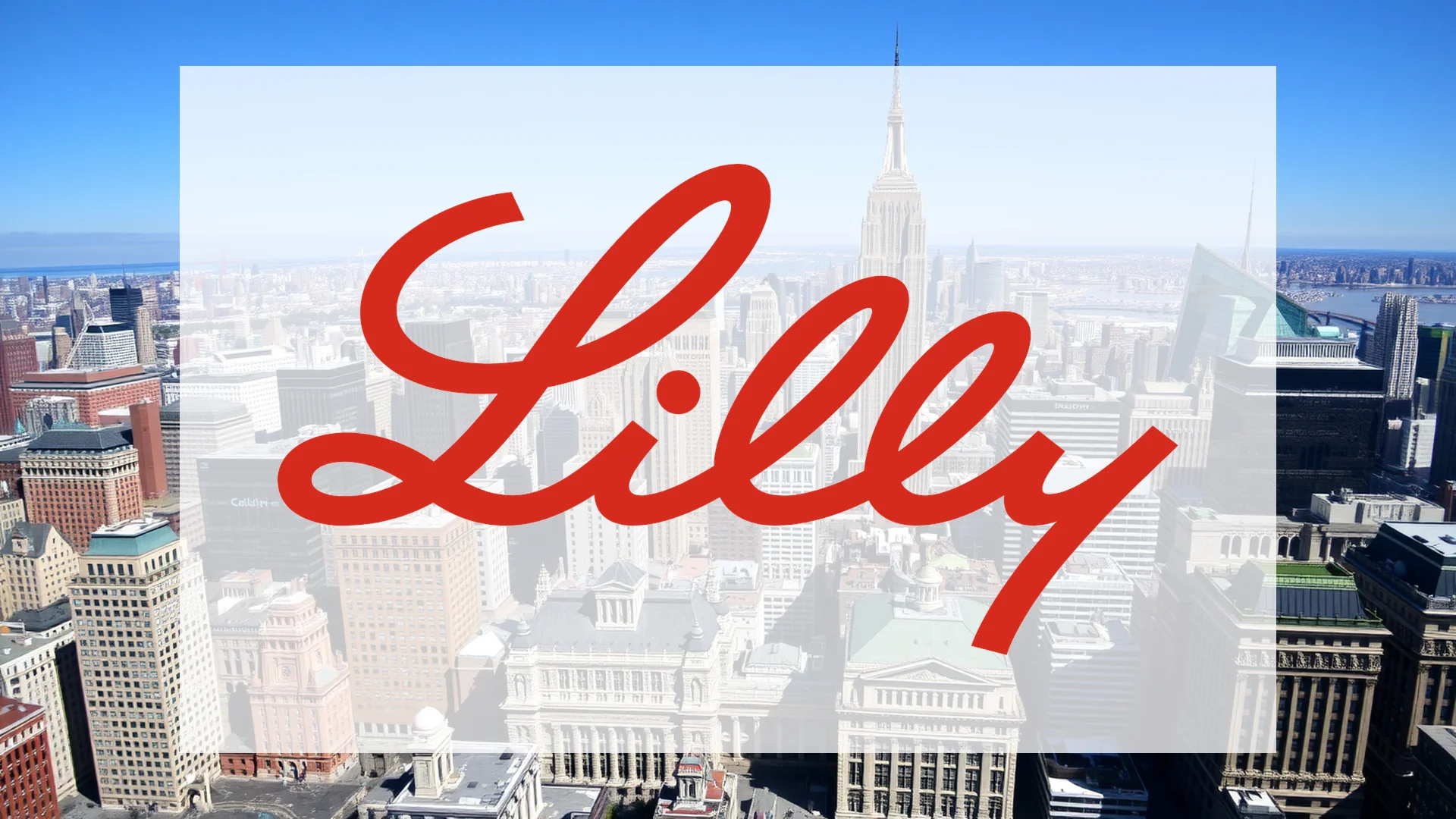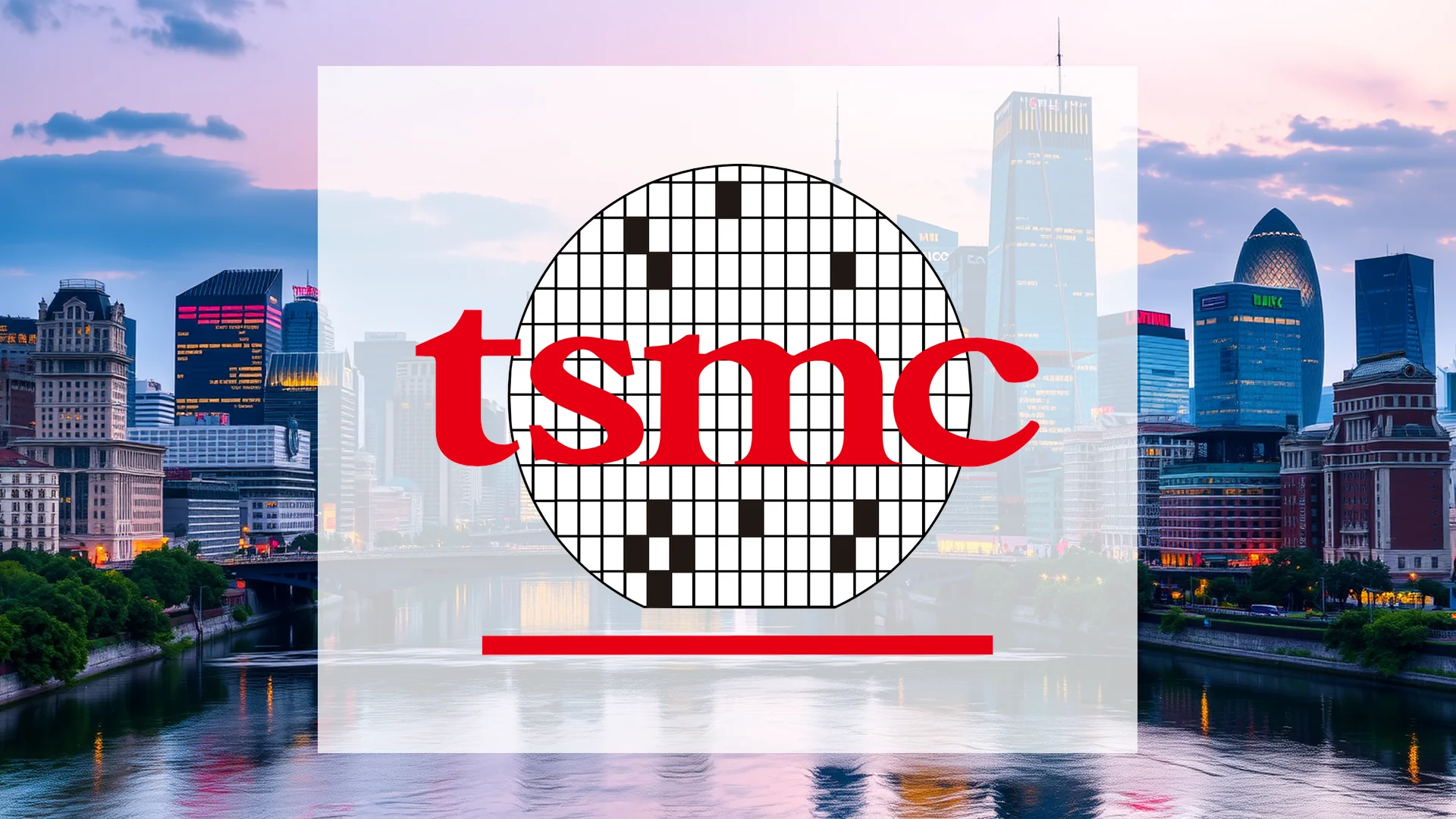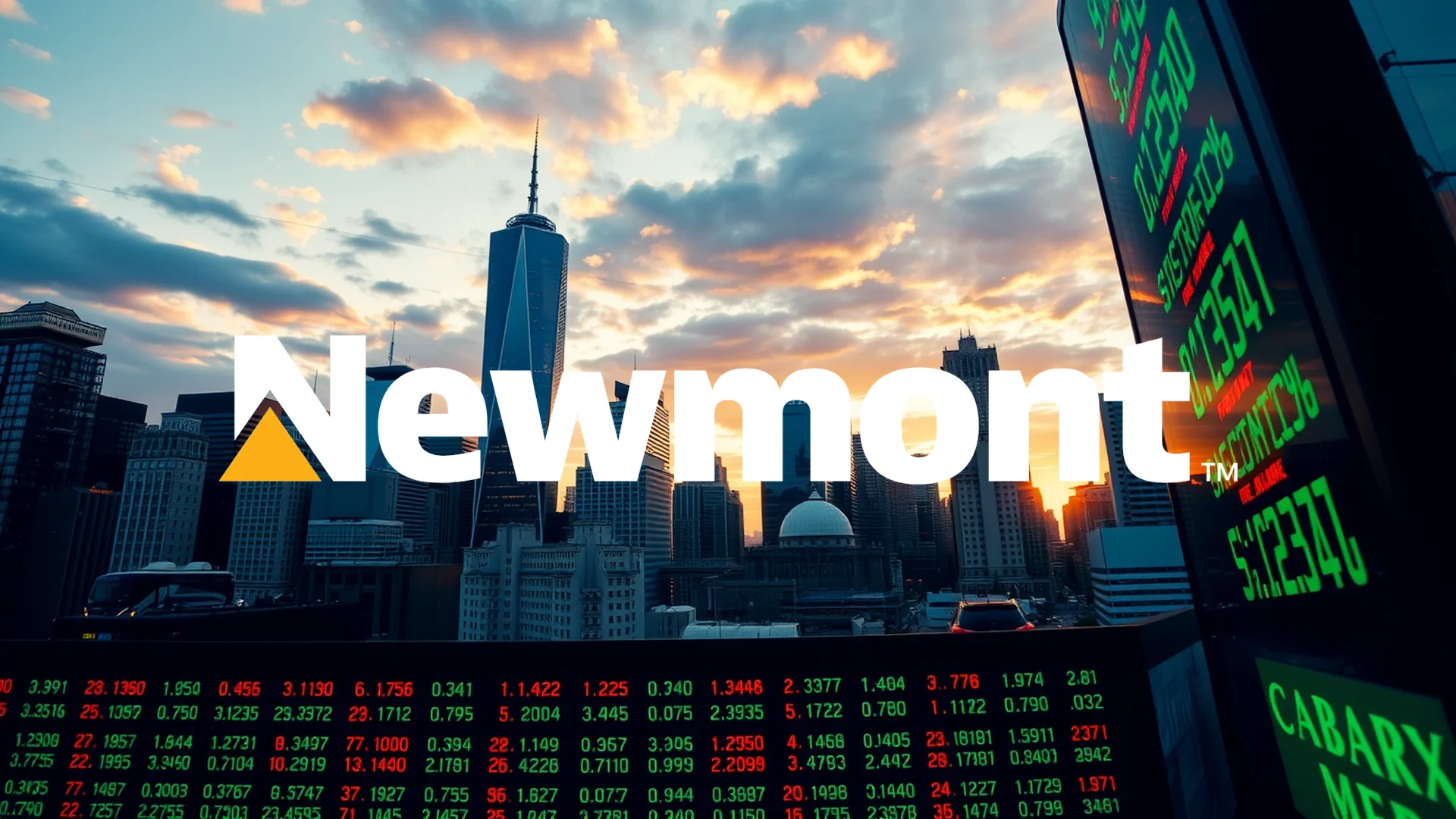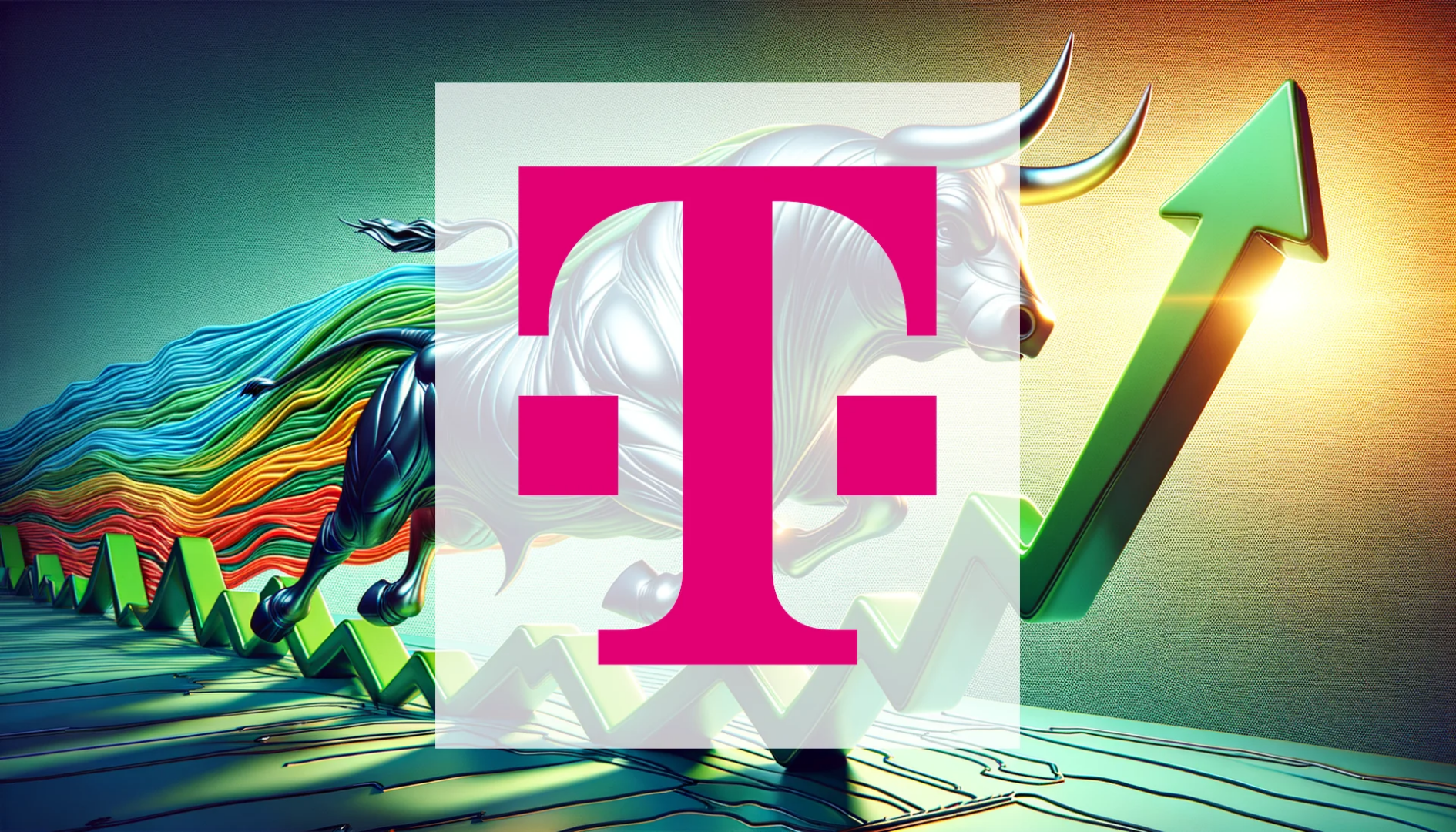The battle for dominance in the lucrative weight-loss medication sector has entered a new phase of competition. Novo Nordisk, the Danish pharmaceutical contender, has launched an aggressive pricing strategy that directly challenges market leader Eli Lilly. This development raises significant questions about the sustainability of the sector’s impressive growth trajectory and whether the price conflict feared by market analysts has now materialized.
Government Agreements Compound Pricing Pressures
Recent contractual arrangements with U.S. government healthcare programs have introduced additional complexity to the market landscape. Both Eli Lilly and Novo Nordisk have secured agreements making their medications accessible to Medicare and Medicaid beneficiaries.
The consequence of these government contracts is further price reduction. Initial doses of Wegovy and Zepbound are now being offered at $350 monthly, with projections indicating potential decreases to $245 within the next two years. These developments place additional strain on corporate profit margins throughout the sector.
Competitive Landscape Shifts Dramatically
Novo Nordisk has implemented substantial price cuts for its weight management medications Wegovy and Ozempic. The monthly cost for private patients has been reduced from $499 to $349—a strategic move clearly designed to protect market share. Particularly noteworthy are the introductory offers for lowest dosage versions, now priced at just $199 for the initial two-month period.
Should investors sell immediately? Or is it worth buying Eli Lilly?
This revised pricing approach produced immediate market repercussions. Eli Lilly shares experienced noticeable downward pressure during Monday’s trading session, declining approximately one percent in early market activity. Financial experts have long cautioned about potential price competition within the profitable weight-loss drug segment—these warnings now appear to be materializing.
Eli Lilly’s Strong Fundamentals Amid Market Uncertainty
Despite current market apprehensions, Eli Lilly’s underlying business performance remains robust:
– The company’s stock recently achieved a new 52-week high
– Share values appreciated more than 27 percent within a single month
– Third-quarter revenue surged by 53.9 percent year-over-year
– Earnings per share exceeded analyst projections
The crucial question facing investors is how long this upward trajectory can continue if profitability per unit sold diminishes due to intensifying price competition. Financial markets are currently reassessing the growth narrative surrounding weight-loss pharmaceuticals, with increased volatility reflecting this uncertainty.
The evolving competitive dynamics suggest a potentially protracted period of price adjustments as pharmaceutical giants vie for position in one of healthcare’s most promising markets.
Ad
Eli Lilly Stock: Buy or Sell?! New Eli Lilly Analysis from November 18 delivers the answer:
The latest Eli Lilly figures speak for themselves: Urgent action needed for Eli Lilly investors. Is it worth buying or should you sell? Find out what to do now in the current free analysis from November 18.
Eli Lilly: Buy or sell? Read more here...








